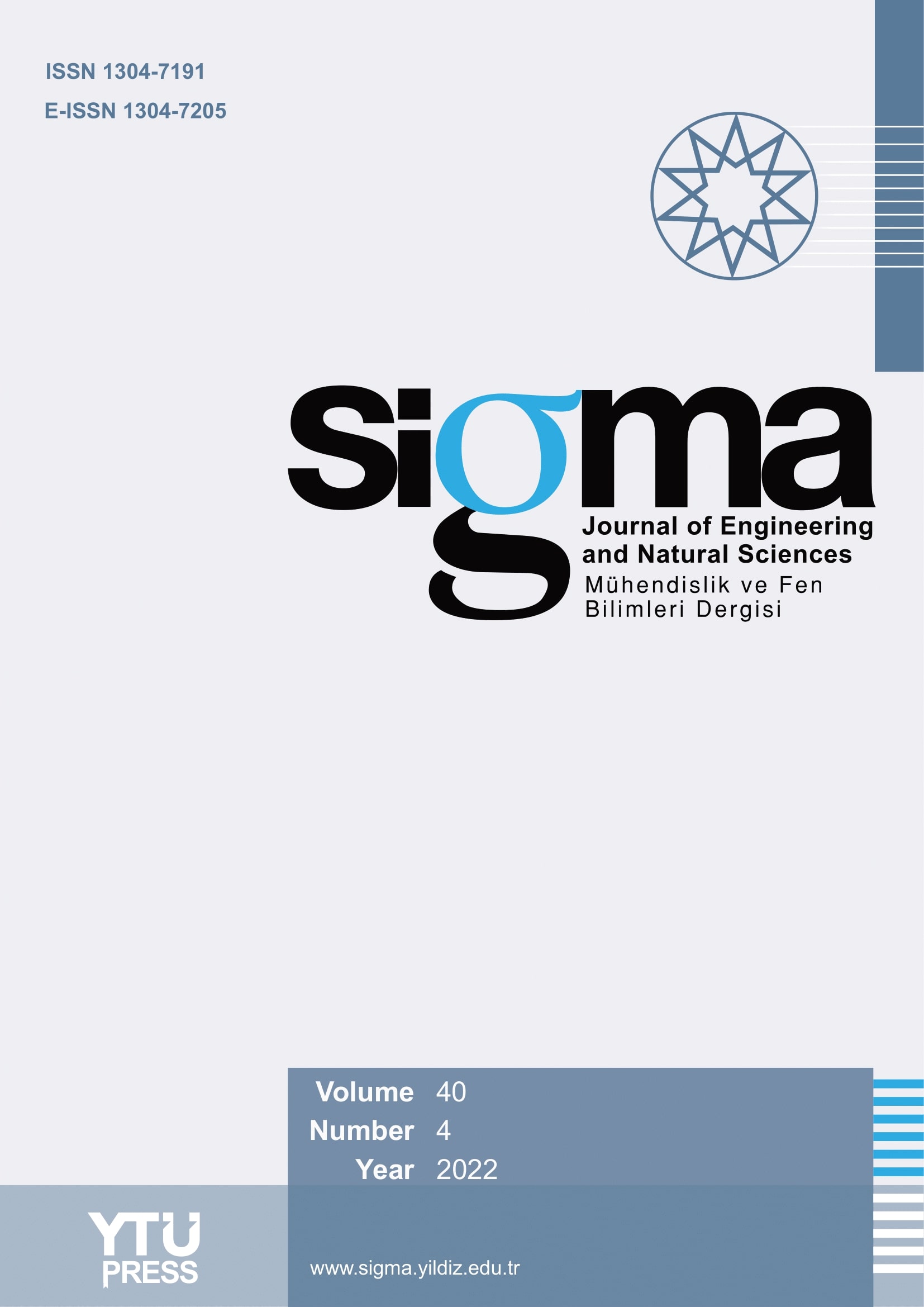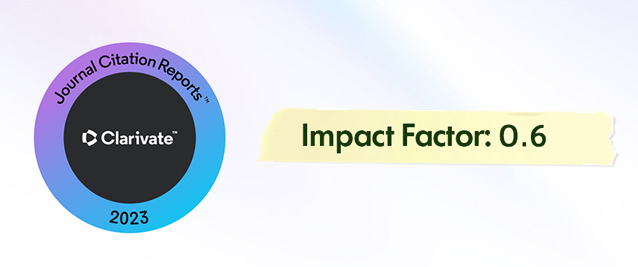2Unité de Recherche Appliquée en Energies Renouvelables URAER, Centre de Développement des Energies Renouvelables CDER, Ghardaïa 47133, Algeria
3Laboratory of Fluid Industrials, Measures & Application (FIMA), Faculty of Science and Technology, University Djilali Bounaama of Khemis-Miliana, 44225, Algeria
Abstract
Destructive testing (DT) was conducted on high-strength concrete to explore the influence of various factors on its compressive strength. Specifically, three types of core samples were extracted from blocks with length-to-diameter (L/D) ratios of 1 and 2. Additionally, three other types of cast specimens with an L/D ratio of 2 were produced from the same composition. The results of the compressive tests were individually and collectively compared with standard cylindrical specimens. Correlations were established with standard cylindrical specimens to predict the compressive strength of different sizes of cores and cast specimens. Various statistical indicators, including root mean square error (RMSE) and standard deviation (SD), were evaluated to ensure the accuracy of the correlation predictions. The analysis of the results indicates that the L/D ratio, curing method, and specimen size impact the compressive strength of high-strength concrete. However, specimen size was found to have the most significant influence on the specimens’ response. The best estimation of the compressive strength of cores compared to standard cylinders was obtained using exponential models. These models provided accurate estimates in terms of statistical indicators. The lowest coefficients of variance (CV) and average relative error (ARE), which ensure high precision, were recorded for cores with an L/D ratio of 2. Depending on the L/D ratio, the diameter of the cores, and the storage environment of the standard cylinders, the conversion factors for high-strength concrete cores varied between 0.543 and 0.972. Further research should focus on refining these conversion factors and exploring the effects of other variables on high-strength concrete’s compressive strength.















